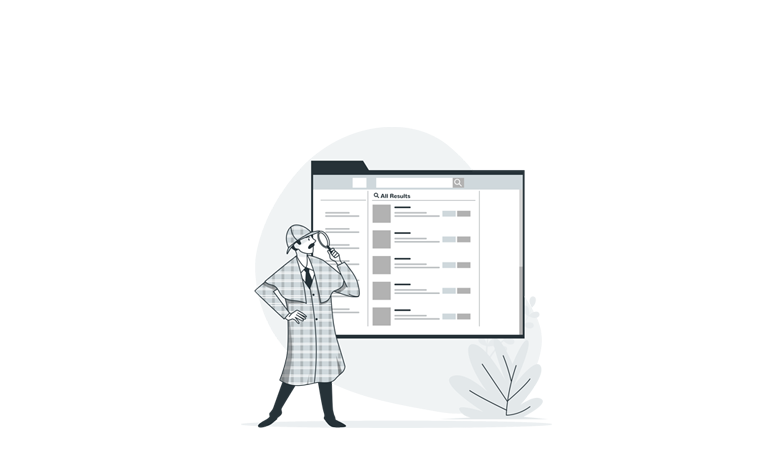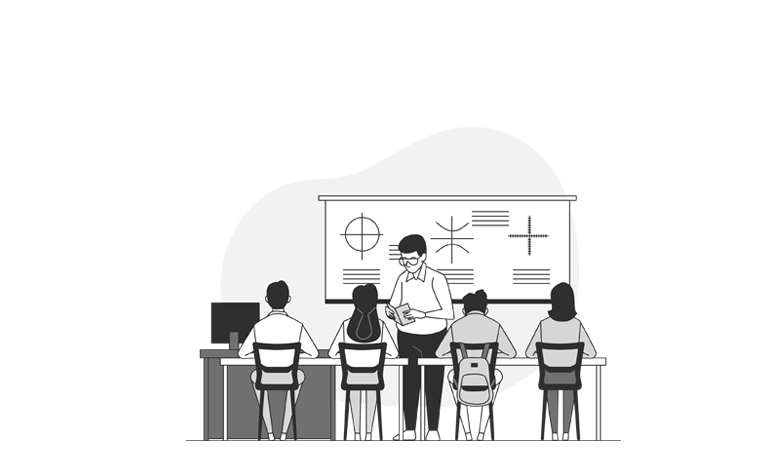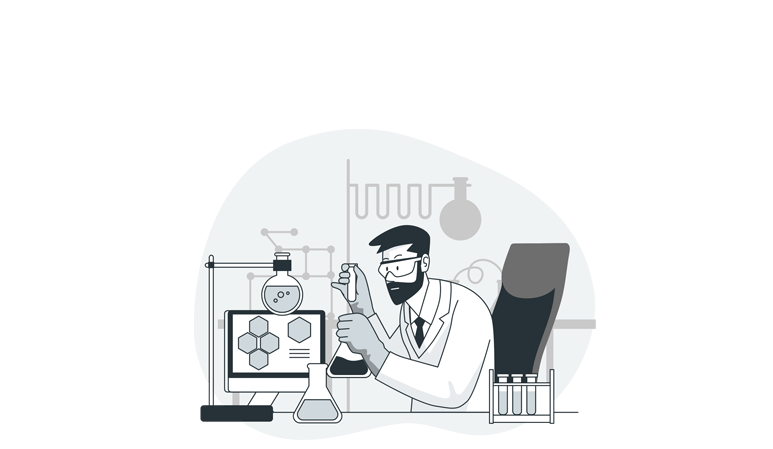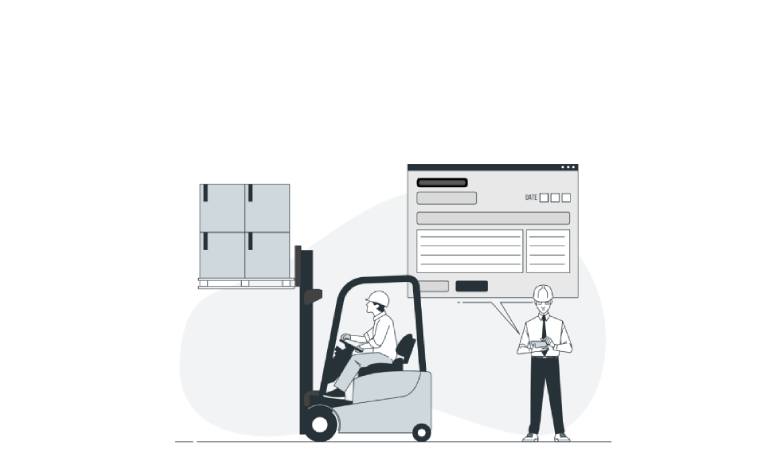
21 Jun 2024
In the realm of Environmental Health and Safety (EHS), ensuring the safety and well-being of employees is paramount. Organizations often rely on two primary methods to achieve this goal: Environmental Health and Safety training and communication. While both are essential, they serve distinct purposes and face unique challenges. Understanding the differences and how to effectively leverage each can significantly enhance workplace safety.
The Role of EHS Training
EHS training is a structured process aimed at educating employees about safety protocols, procedures, and regulations. The goal is to equip workers with the knowledge and skills necessary to perform their tasks safely and comply with legal requirements.
Challenges of EHS Training:
- Monotony and Repetition: Training sessions can often be lengthy and repetitive, leading to disengagement among employees.
- Retention of Information: Employees may struggle to retain the vast amount of information presented during training sessions.
- Practical Application: Translating theoretical knowledge into practical application can be challenging.
Despite these challenges, EHS training remains a critical component of any safety program. It ensures that employees are aware of potential hazards, understand the proper use of personal protective equipment (PPE), and know how to respond in emergency situations.
The Power of EHS Communication
EHS communication, on the other hand, involves conveying safety messages through various modes to reinforce training and keep safety top-of-mind. Effective communication ensures that safety information is consistently and clearly delivered to all employees.
Modes of EHS Communication:
- Safety Talks (Toolbox Talks): Short, focused meetings that address specific safety issues relevant to the current work. These talks engage front-line leaders with employees, fostering direct communication and collaboration on safety matters.
- Posters: Visual reminders placed strategically around the workplace to reinforce key safety messages. Posters convey short but powerful messages, ensuring critical safety information is easily noticeable and memorable.
- Infographics: Engaging visual content that combines images and text to present safety facts and statistics in an easily digestible format.
Advantages of EHS Communication:
- Reinforcement of Training: By using different modes of communication, organizations can reinforce the messages delivered during training sessions.
- Engagement: Visual and interactive communication methods can be more engaging than traditional training. They give employees the opportunity to voice their day-to-day safety concerns, promoting a proactive safety culture.
- Accessibility: Continuous communication ensures that safety information is always accessible to employees, reducing the reliance on memory alone. This makes the message come to you, ensuring it's always within reach when needed.
Integrating Environmental Health and Safety Training and Communication
To maximize the effectiveness of a safety program, it is essential to strike a balance between EHS training and communication. Here are some strategies to achieve this balance:
- Compliance: Ensure all training programs meet OSHA compliance standards to keep the workplace safe and legally compliant.
- Diversify Training Methods: Incorporate interactive elements, such as hands-on activities, simulations, and role-playing, to make training sessions more engaging.
- Continuous Communication: Use posters, infographics, and regular safety talks to keep safety messages fresh in employees’ minds.
- Feedback Mechanisms: Encourage employees to provide feedback on both training and communication efforts to identify areas for improvement.
- Tailored Content: Customize both training and communication materials to address the specific needs and challenges of different departments or job roles.
- Regular Updates: Continuously update training content and communication materials to reflect the latest safety standards and best practices.
The Role of Learning Management Systems (LMS) in EHS Training
Learning Management Systems (LMS) play a crucial role in modern EHS training by providing a centralized platform for delivering and tracking educational content. EHS LMS offer several advantages:
- Flexibility: Employees can access these EHS online training materials at their convenience, allowing them to learn at their own pace.
- Consistency: Standardized training content ensures that all employees receive the same information.
- Tracking and Reporting: EHS LMS track progress and completion rates, making it easier to monitor compliance and identify areas for improvement.
Using the OSHEPRO LMS Portal
At OSHEPRO, we have integrated our EHS training solutions with a user-friendly LMS portal. Here’s how to get started:
It is a simple 2-step process:
- Scan the QR Code: This will open the OSHEPRO LMS Portal.
- Log in: Enter your Employee ID and click on the 'Sign In' button.
Once signed in, you can access all the EHS training materials and resources available to you. Upon completing a course and successfully answering the quiz at the end, you can download your certificate. Enjoy a seamless and efficient training experience with OSHEPRO!
EHS training and communication are both vital to fostering a safe workplace environment. While training provides the foundational knowledge and skills, communication reinforces these messages and keeps safety at the forefront of daily operations. By integrating and balancing these two approaches with the help of SELT by OSHEPRO, organizations can create a more effective and engaging safety culture, ultimately reducing accidents and improving overall safety performance.
About OSHEPRO
At OSHEPRO, we are committed to providing innovative solutions that enhance both EHS training and communication. Our platform is designed to make safety management more effective and efficient, helping organizations navigate the complexities of EHS compliance with ease. By leveraging cutting-edge technology and industry expertise, OSHEPRO supports businesses in creating safer, healthier work environments.







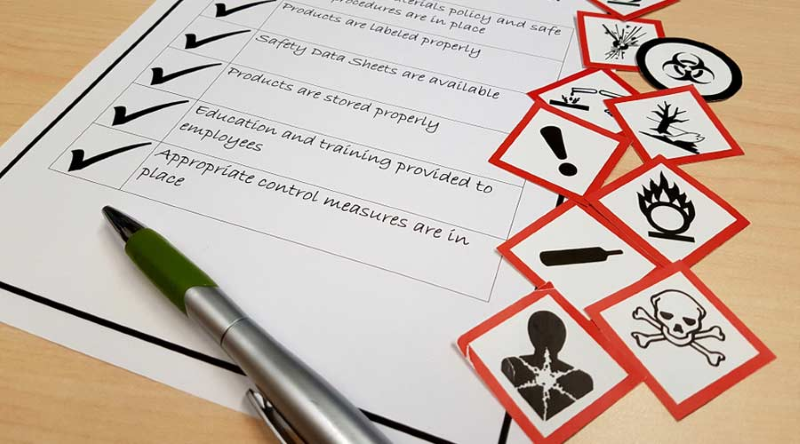








.png)



.png)


.png)




.jpg)




